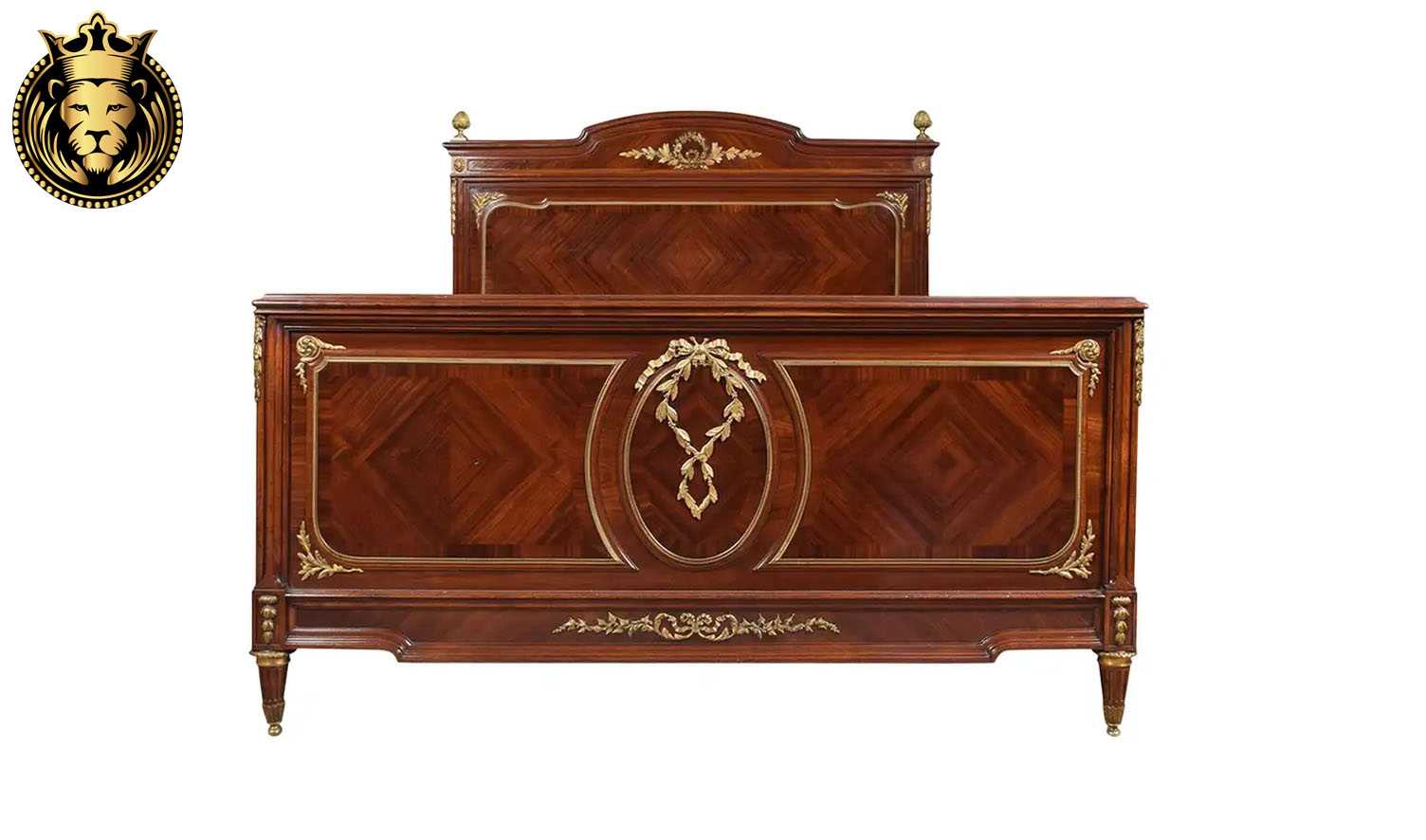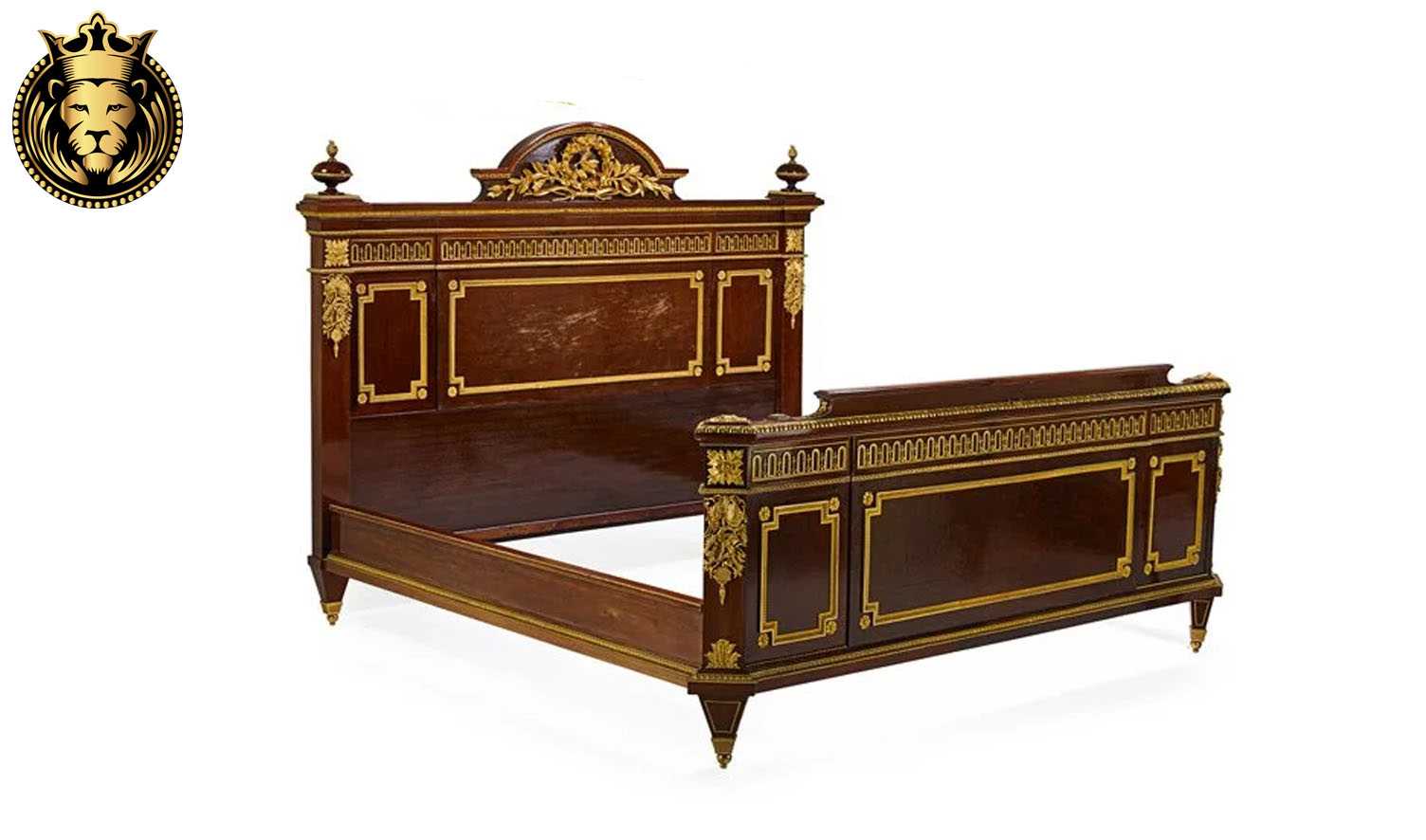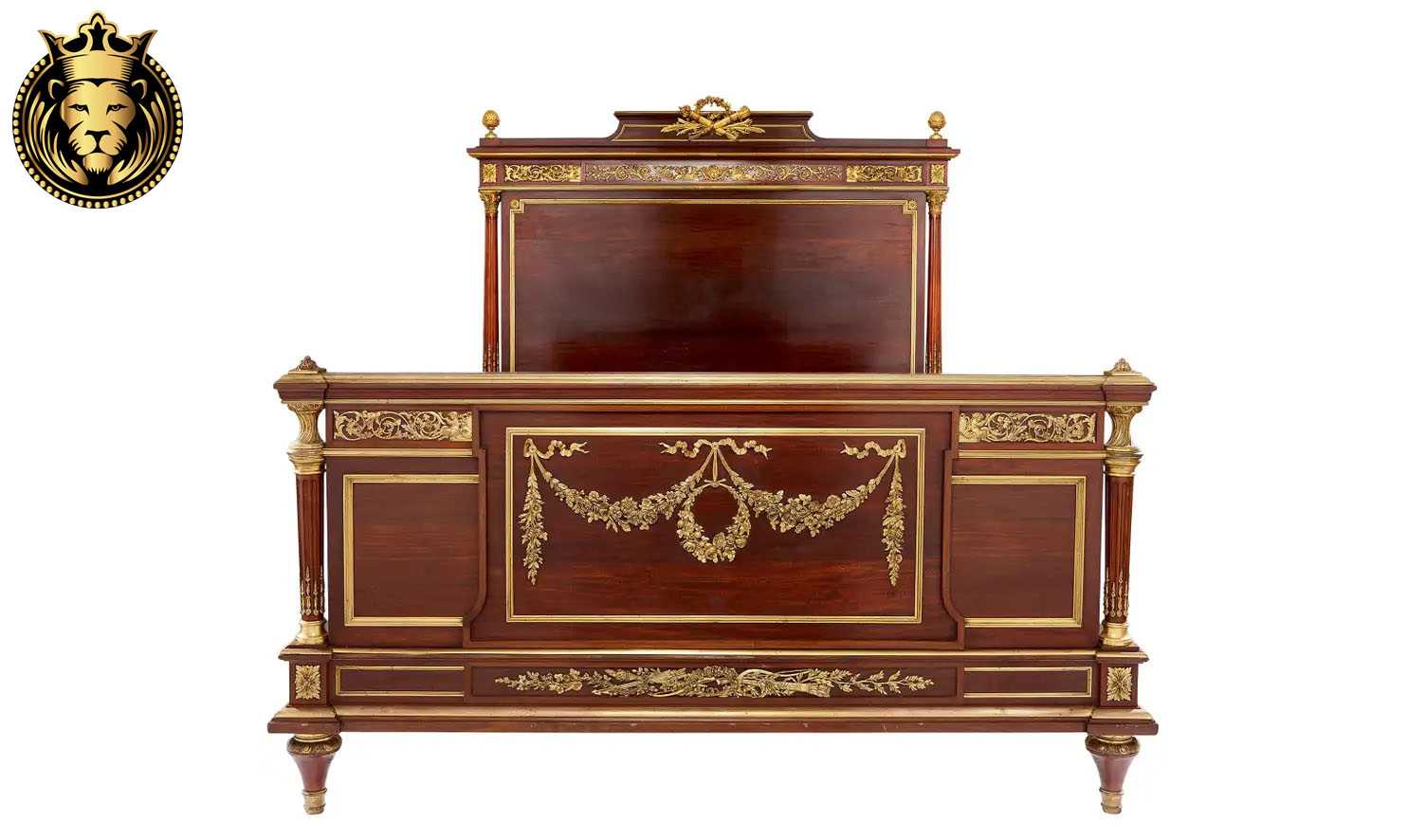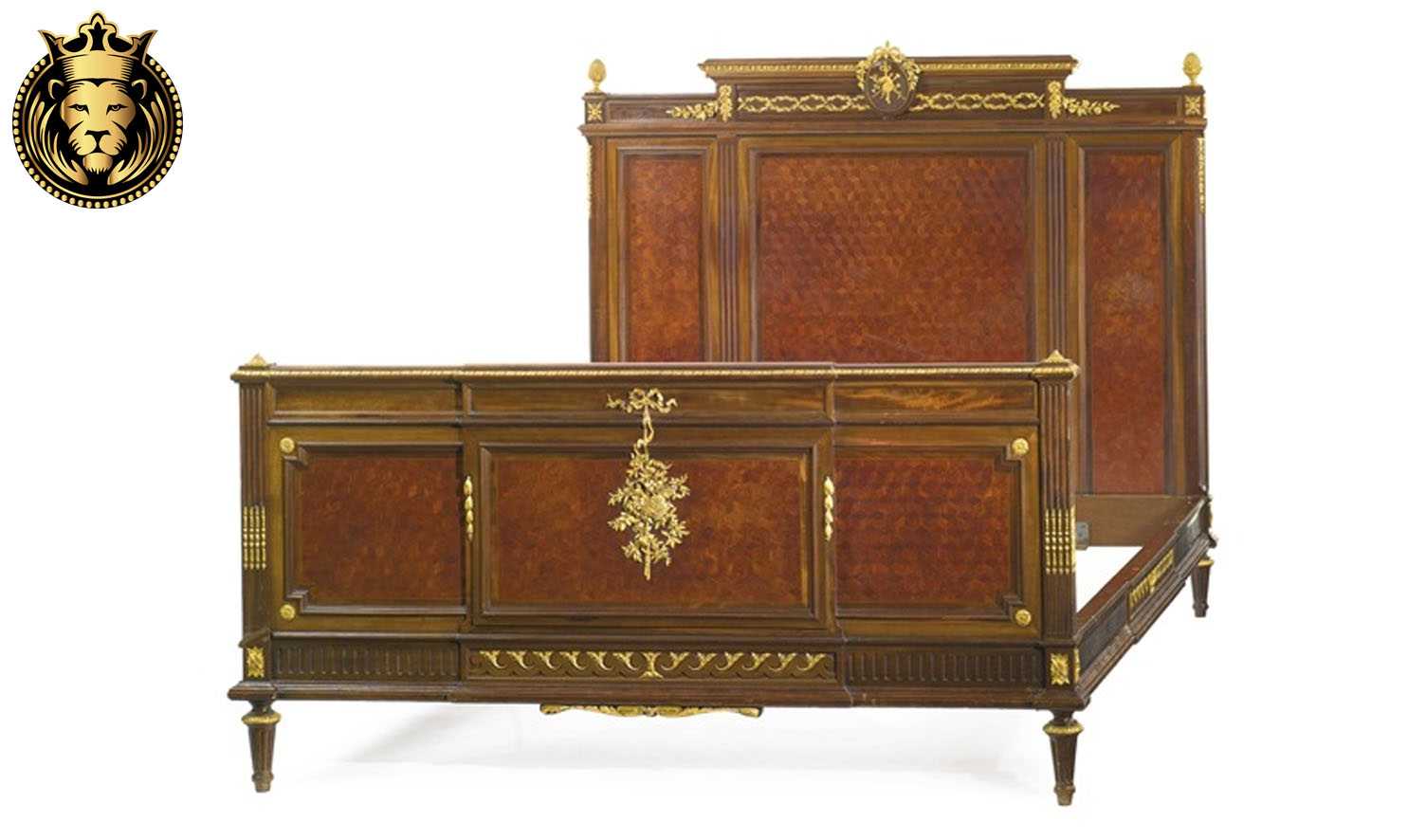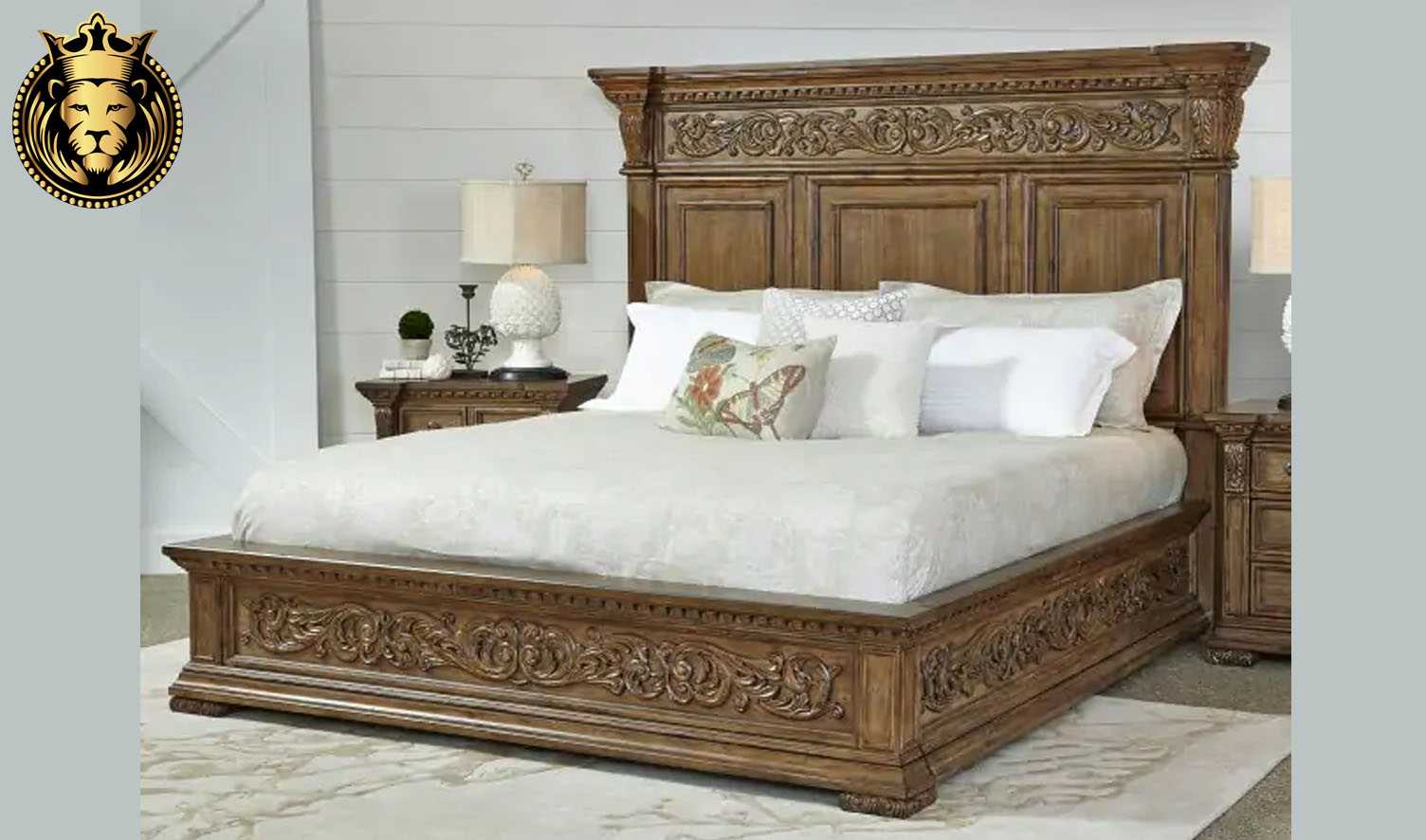Antique Bed: Timeless Elegance in Bedstead Designs
Antique bed embody centuries of craftsmanship, artistry, and cultural evolution. These exquisite pieces are more than mere sleeping arrangements; they are historical artifacts that reflect the design sensibilities and societal values of their eras. From intricately carved Victorian frames to the austere elegance of Georgian bedsteads, antique bed transforms bedrooms into sanctuaries of heritage and sophistication. At Royalzig, our curated collection celebrates the enduring allure of these masterpieces, inviting you to own a fragment of history.
The Evolution of Bedstead Designs
Bedstead designs have evolved dramatically across epochs. 17th-century Baroque beds featured opulent carvings, gilded details, and towering canopies, symbolizing status and grandeur. The Georgian period (1714–1837) introduced cleaner lines, mahogany woodwork, and delicate inlays, emphasizing symmetry and proportion. By the Victorian era (1837–1901), bedsteads became more eclectic: brass beds gained popularity for their durability and ornate patterns, while walnut or rosewood frames showcased floral motifs and dark, dramatic finishes. Each design shift responded to technological advancements, material availability, and changing aesthetic ideals.
Materials and Craftsmanship
Antique bedsteads were crafted from resilient hardwoods like oak, mahogany, and walnut, often adorned with marquetry, hand-turned posts, or metal embellishments. Brass and iron bedsteads emerged during the Industrial Revolution, combining functionality with artistic flair—think scrollwork headboards and finial-capped corners. The meticulous joinery, hand-forged details, and organic materials (such as horsehair stuffing in upholstered frames) ensured longevity unmatched by modern mass-produced alternatives.
Styles That Define Eras
- Canopy Beds (1600s–1800s): Designed for warmth and privacy, these featured draped fabrics and carved pillars.
- Sleigh Beds (Empire era, early 1800s): Inspired by Napoleonic design, with curved headboards resembling sleigh fronts.
- Brass Beds (Late Victorian–Edwardian): Sanitary, elegant, and often featuring botanical or geometric motifs.
- Art Nouveau (1890–1910): Whiplash curves and nature-inspired forms in cast iron or wood.
Integrating Antique Bed into Modern Spaces
Antique bed seamlessly bridge past and present. A Victorian brass bedstead adds vintage charm against minimalist decor, while a Georgian four-poster creates a focal point in contemporary lofts. Their sturdy construction ensures functionality, and their unique patina tells a story no replica can emulate. For collectors, factors like provenance, original finishes, and structural integrity determine value. Restoration should preserve authenticity—consult experts to avoid diminishing historical significance.
Why Choose Antique Bedsteads?
Beyond aesthetics, antique beds represent sustainability. By repurposing these pieces, we honor artisanal traditions and reduce environmental waste. Each antique bed carries a legacy—perhaps of royal lineages, artisan workshops, or ancestral homes—making it a conversation piece imbued with soul.
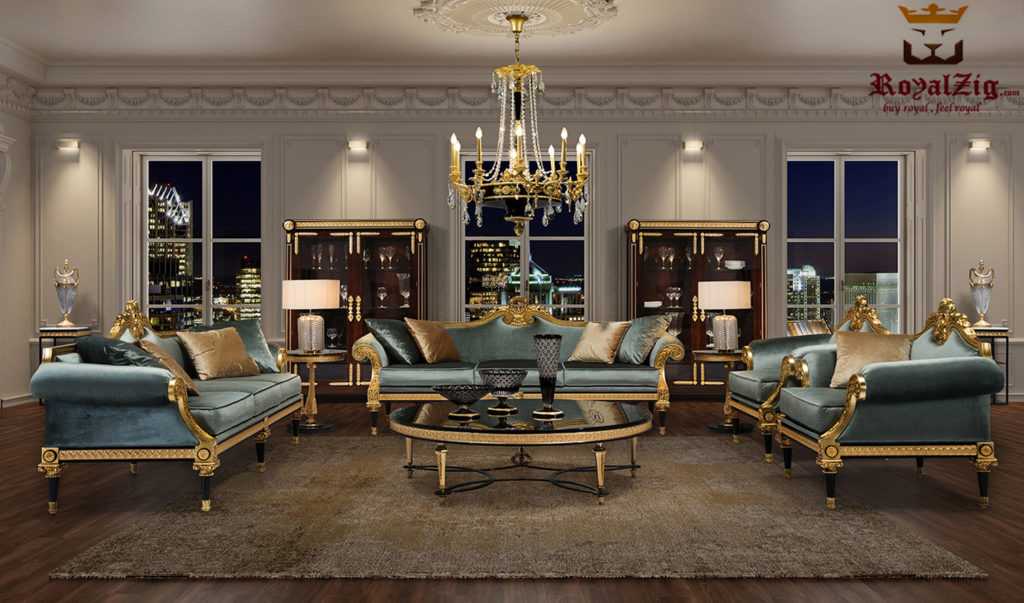
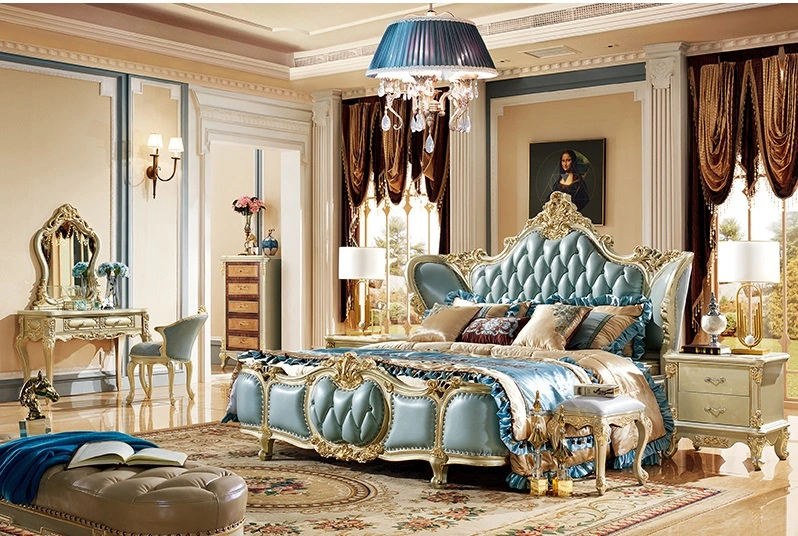
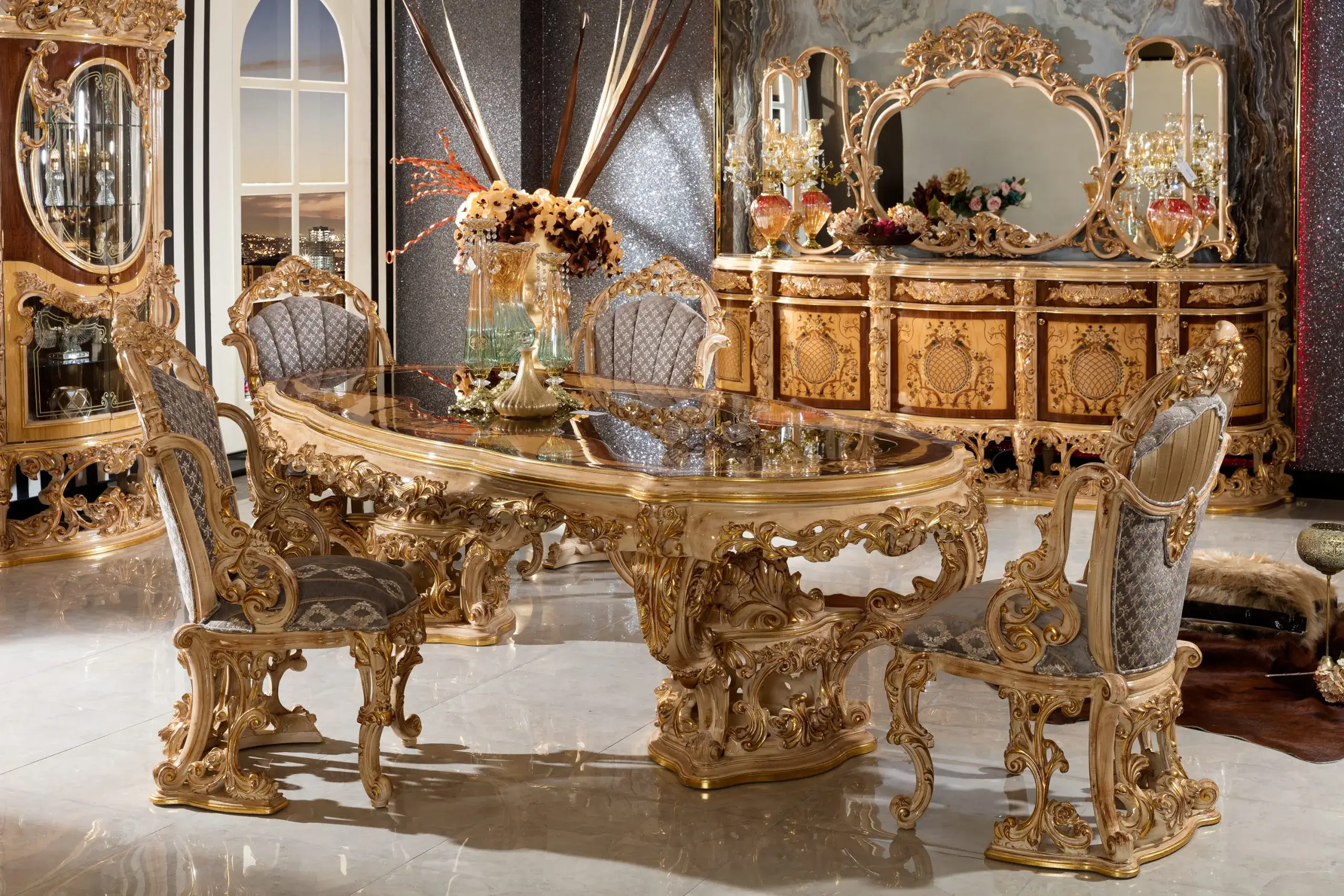
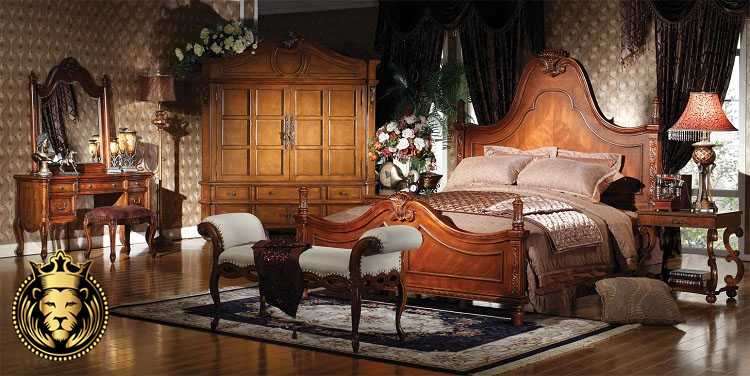
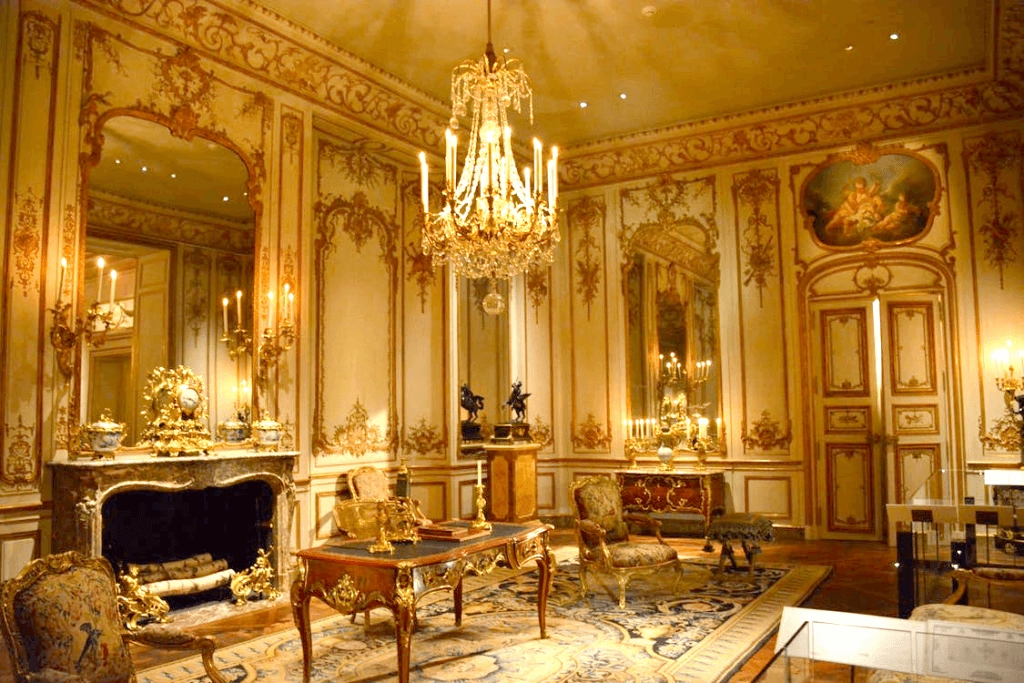
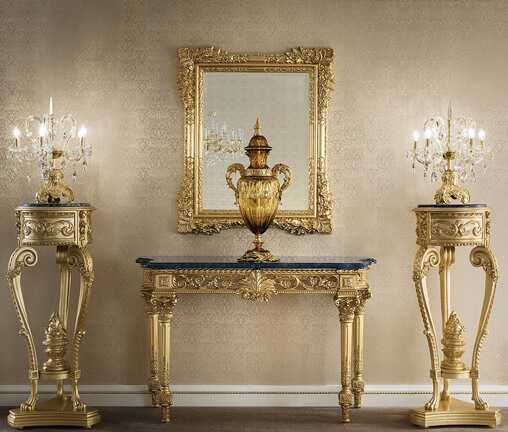
.jpg)
.jpeg)
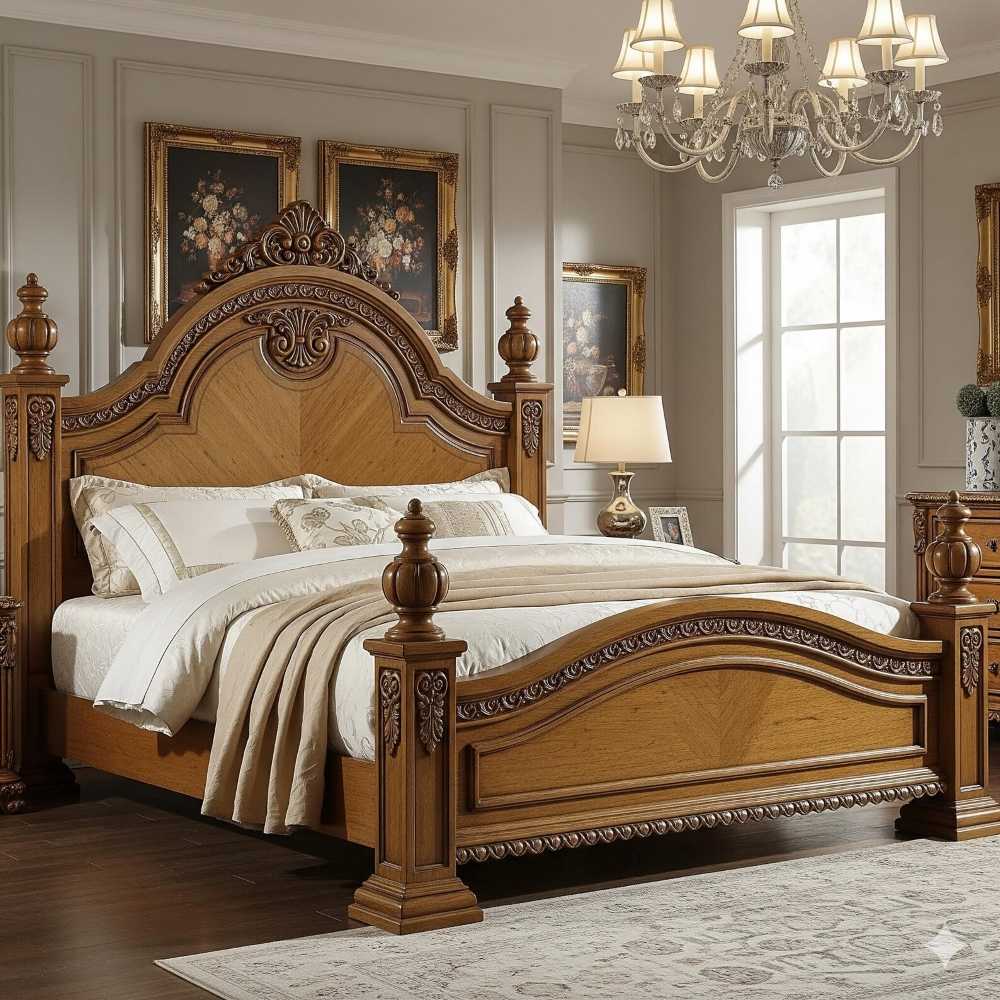
-(3).jpg)
